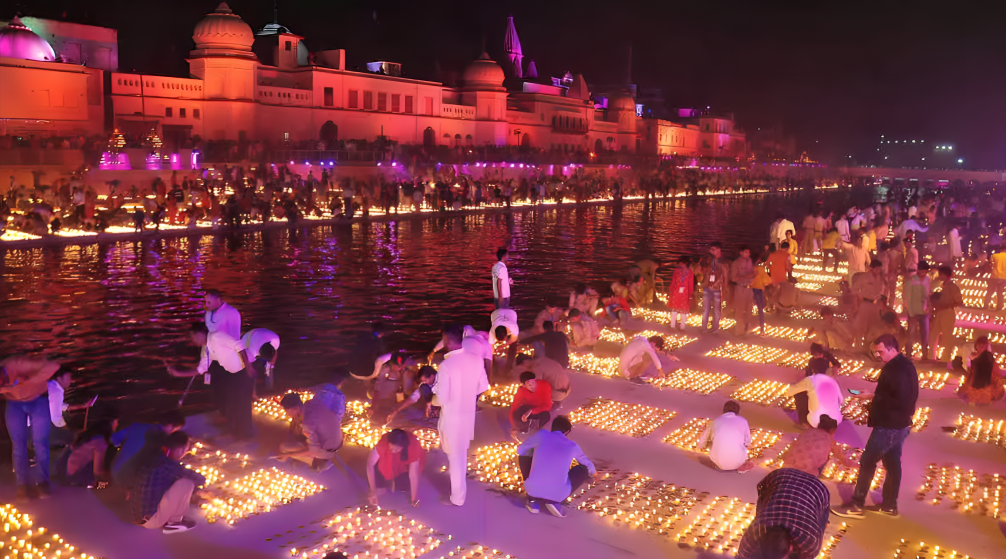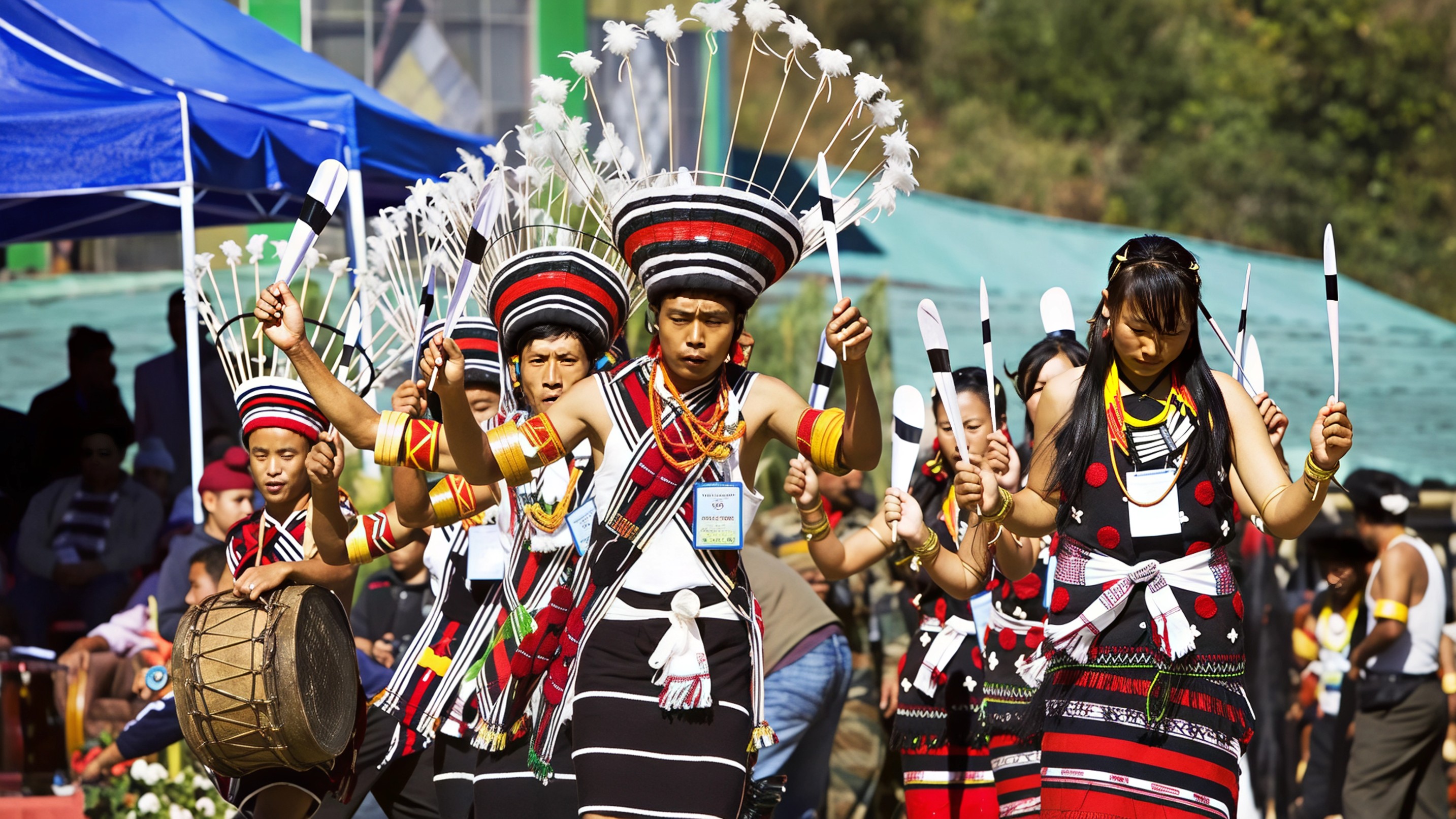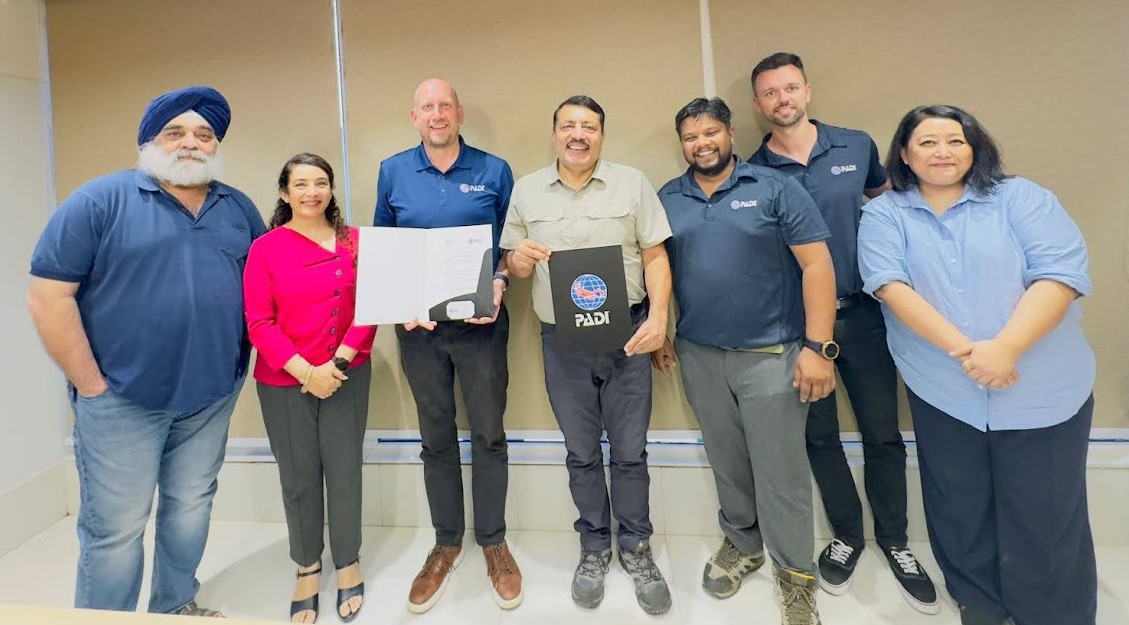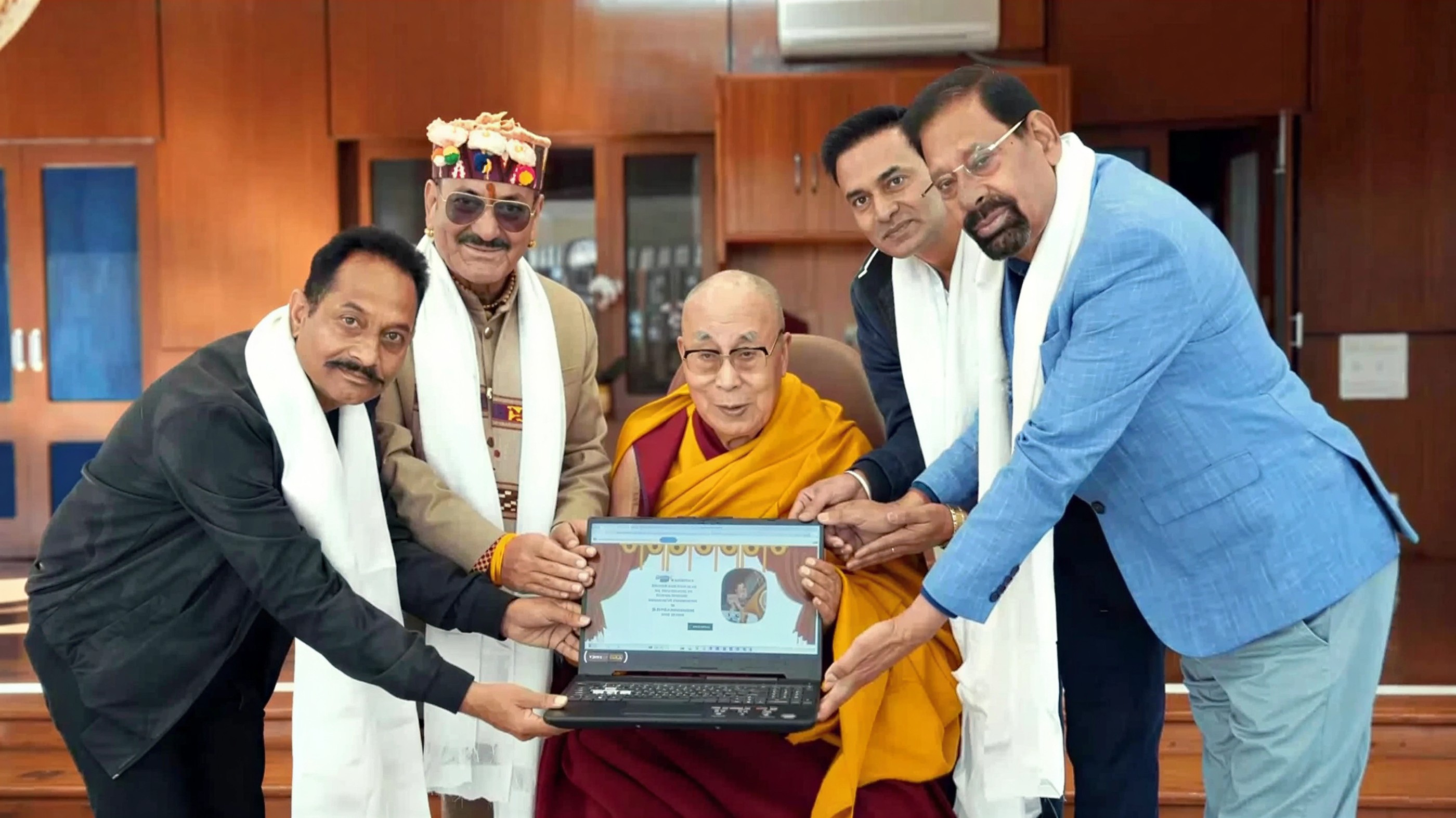Every year, Ayodhya glows with millions of diyas during Deepotsav, celebrating the homecoming of Lord Ram. Discover how this spiritual city transforms into India’s brightest destination for Diwali 2025.

Ayodhya, the birthplace of Lord Ram, holds a sacred place in India’s cultural and spiritual identity. According to the Ramayana, Diwali began here when Lord Ram returned to Ayodhya after fourteen years of exile, marking the triumph of light over darkness. Today, the festival takes form as Deepotsav—a grand celebration where devotion meets divine light. With millions of lamps illuminating the ghats of the Sarayu River and the Ram Temple shining at its centre, Ayodhya becomes the living heart of India’s Diwali spirit.
The Spirit Of Deepotsav
At the core of Ayodhya’s Deepotsav lies Ram Ki Paidi, where rows of diyas stretch endlessly along the Sarayu River, glowing like a sea of light. Thousands of volunteers and devotees gather to light lamps, creating a vision so radiant it feels celestial. The Ram Mandir, Hanuman Garhi, and Kanak Bhavan are adorned with marigold flowers and golden lights. The night unfolds with Ram Leela performances, classical music, and the grand Ganga Aarti. The reflection of flickering diyas in the water transforms the city into a living prayer—serene, divine, and unforgettable.
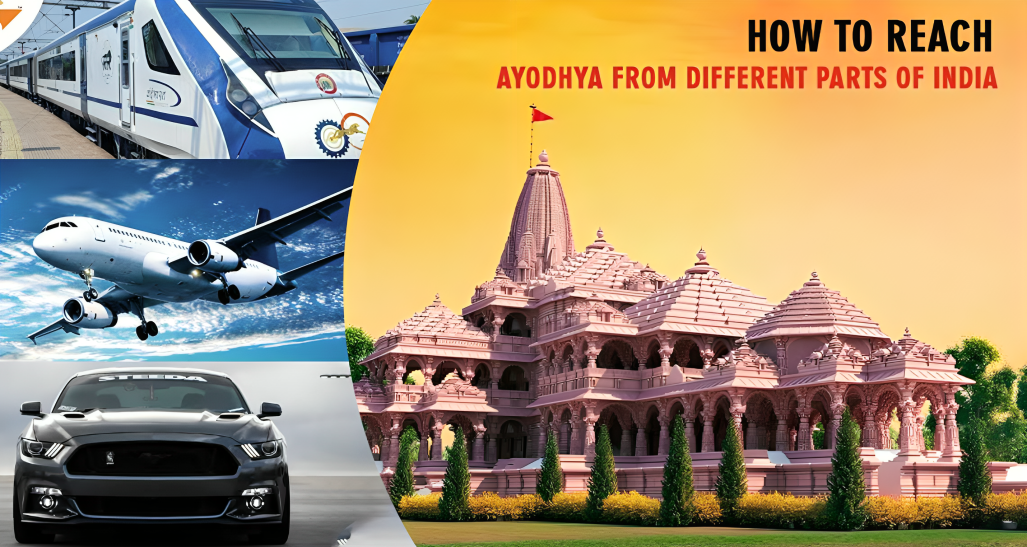
How To Reach Ayodhya
By Air
Ayodhya’s Maharishi Valmiki International Airport connects directly to major Indian cities including Delhi, Mumbai, Bengaluru, Ahmedabad, and Hyderabad. The airport is equipped to handle increased tourist inflow during Diwali. Alternatively, travellers can fly to Lucknow Airport, approximately 125 kilometres away, and continue to Ayodhya by car or taxi along a scenic highway.
By Train
The city is served by two key stations—Ayodhya Junction and Ayodhya Cantt—which link to Delhi, Varanasi, and Kolkata. The train journey from Lucknow takes around three hours, with additional special festival trains operating during Deepotsav to accommodate pilgrims and tourists.
By Road
Ayodhya is well-connected by national highways from Lucknow, Varanasi, Prayagraj, and Gorakhpur. Buses and taxis operate frequently, while private car rentals offer convenience for travellers exploring nearby towns. The roads are lined with illuminated decorations and festive stalls, adding to the joy of a Deepotsav road trip.
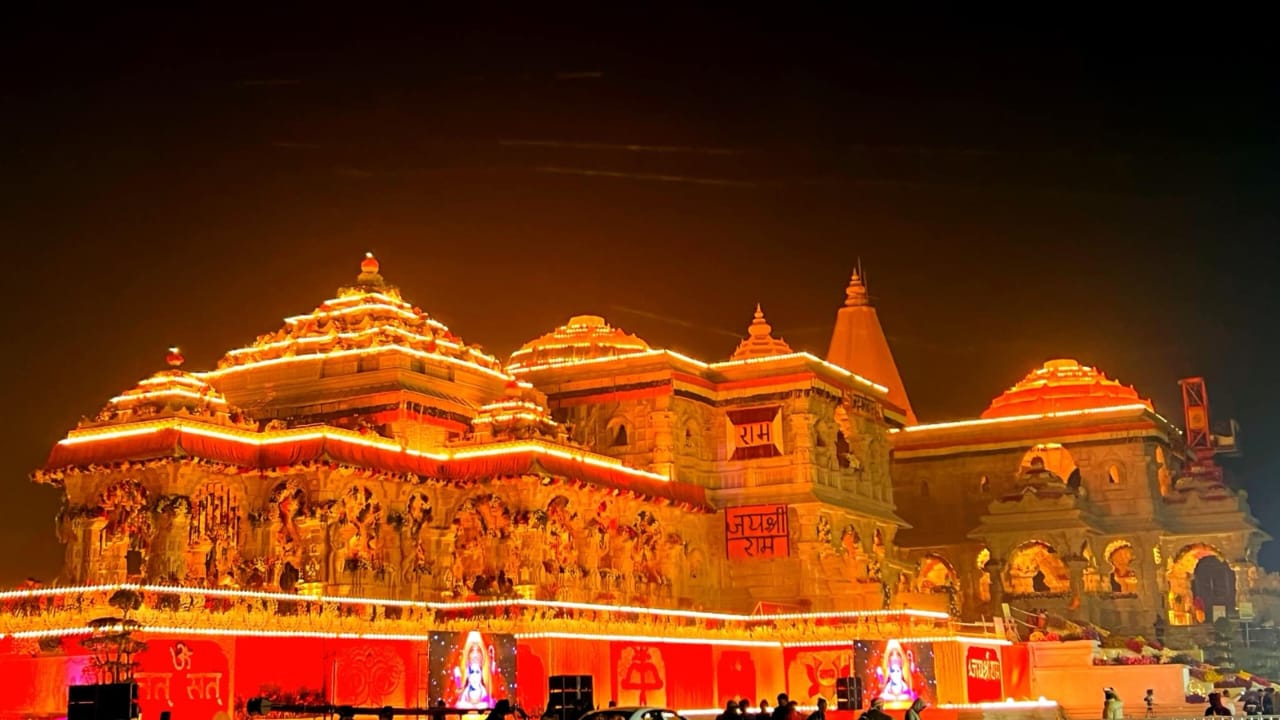
Places To Visit In Ayodhya
Ram Janmabhoomi Temple
The magnificent Ram Janmabhoomi Temple stands as the centrepiece of Ayodhya’s Deepotsav. Built at the believed birthplace of Lord Ram, it draws thousands of devotees daily. During Diwali, the temple complex is adorned with countless diyas and fresh flowers, while special rituals and chants echo through the air. Witnessing the temple illuminated against the night sky is an experience that defines Ayodhya’s spiritual grandeur.
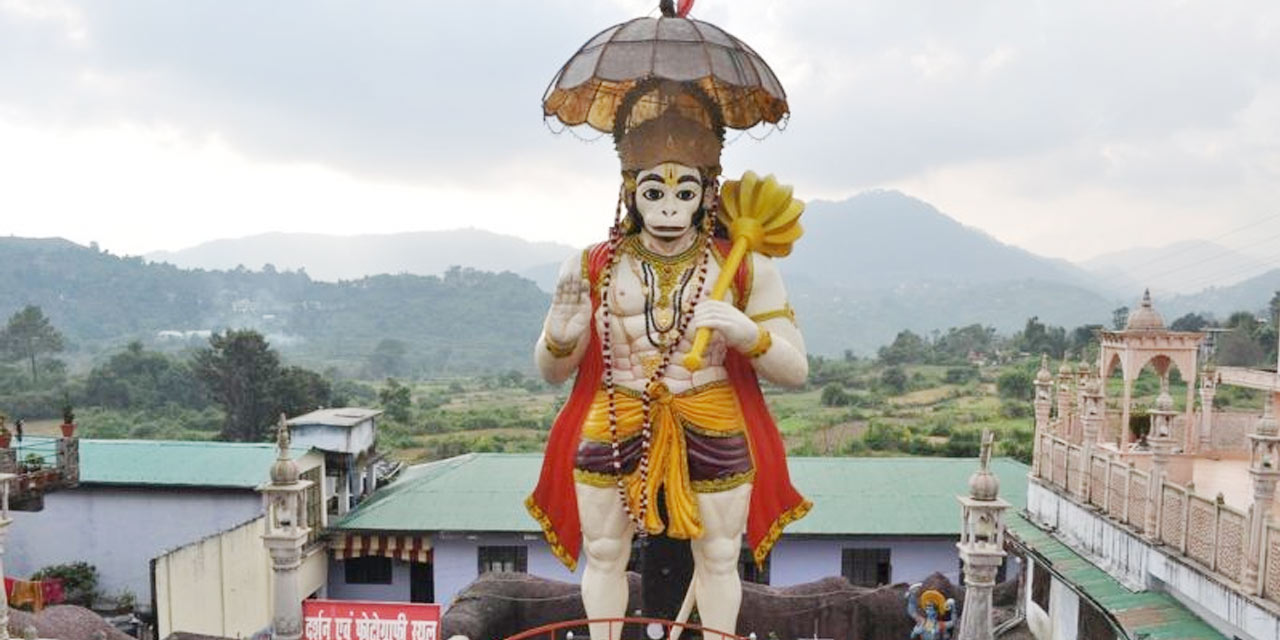
Hanuman Garhi
Located atop a hill, Hanuman Garhi is one of the most important temples in Ayodhya. Devotees believe Lord Hanuman resides here to guard the city. The temple houses a striking idol of Bal Hanuman (child form) seated on the lap of Mata Anjani. The panoramic view of Ayodhya from the top during Deepotsav, when every rooftop and ghat sparkles with light, is breathtaking.
Kanak Bhavan
A temple of beauty and devotion, Kanak Bhavan is said to have been gifted to Sita by Queen Kaikeyi. The interiors shimmer with gold ornaments and intricate artwork. During Deepotsav, it glows with lamps and the scent of sandalwood, creating an ambience of peace and joy.
Nageshwarnath Temple
Built by Kush, the son of Lord Ram, this ancient Shiva temple stands near Ram Ki Paidi. According to legend, it was dedicated to a serpent maiden who fell in love with Kush. During Diwali, its courtyards are filled with lamps, music, and chants, reflecting Ayodhya’s timeless faith in both Vishnu and Shiva.
Dashrath Mahal
Once home to King Dashrath, the father of Lord Ram, this royal palace-turned-temple is steeped in history. The vibrant murals and detailed architecture narrate stories from the Ramayana. The palace glows majestically during Deepotsav as locals gather to sing hymns and celebrate the royal legacy of Ayodhya.
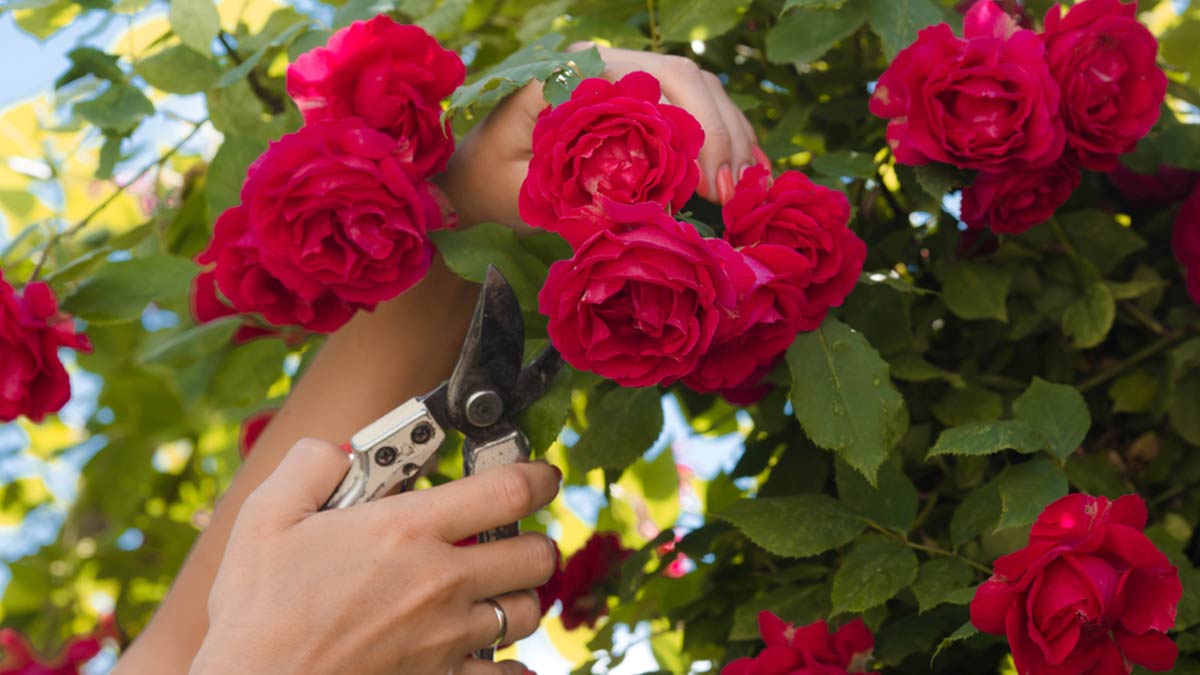
Gulab Bari
A peaceful contrast to the bustling temples, Gulab Bari (Garden of Roses) houses the tomb of Nawab Shuja-ud-Daula. Its Mughal-style architecture and lush gardens reflect Ayodhya’s layered heritage. The scent of blooming roses fills the air as devotees and visitors stroll through, making it a beautiful pause amid the festivities.
Experience The Magic Of Deepotsav 2025
Deepotsav is not merely a festival—it is a sacred expression of joy, gratitude, and devotion. As millions of diyas light up the ancient city, Ayodhya becomes a living embodiment of India’s spiritual heritage. Whether you stand by the glowing ghats, witness the aarti at Ram Mandir, or walk through flower-decked streets, every moment feels divine. Deepotsav 2025 promises to be not just a celebration of Diwali but a journey into the light of faith itself.
Follow Travel Moves on Instagram and Facebook for more festive travel stories, city guides, and cultural journeys across India.

